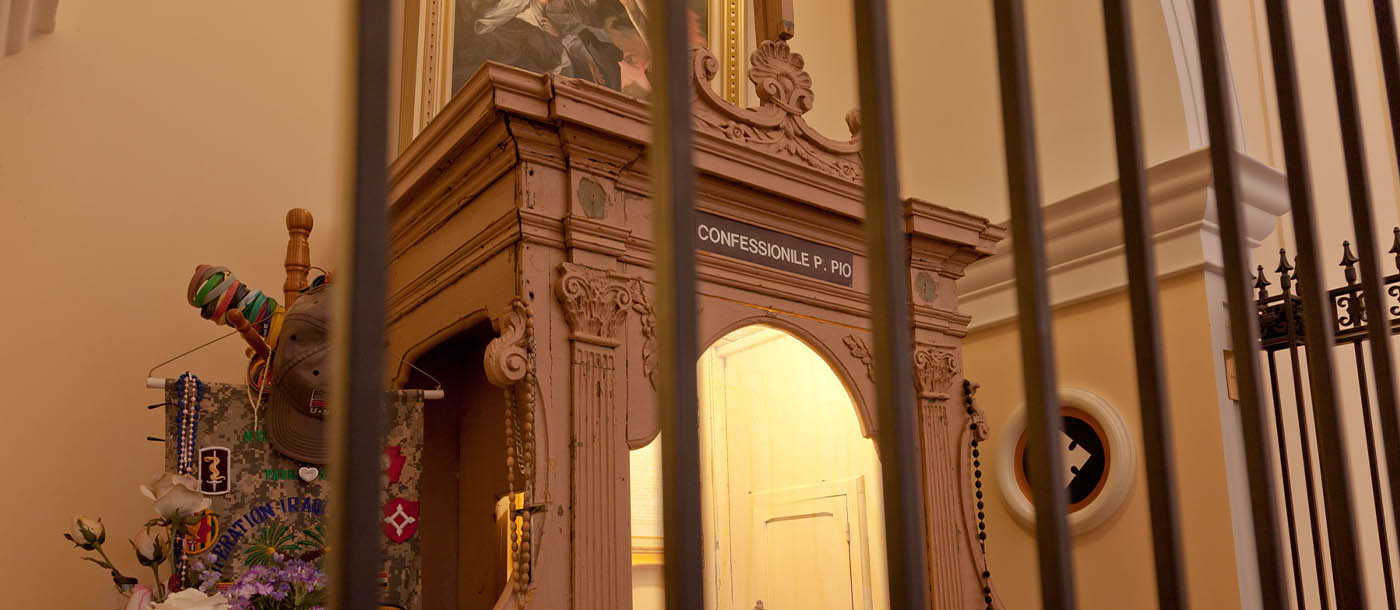
The Saint of the New Millennium
Born of humble parentage in the farming village of Pietrelcina, little Francesco Forgione was destined to revive in the 20th Century the Franciscan love of God and of fellow man. In an era when educated persons say “we must see in order to believe,” Padre Pio is God’s answer! Here is the humble friar whose existence exemplified Franciscan humility and yet coexisted continually in the presence of the supernatural—the priest who lived in two worlds simultaneously.
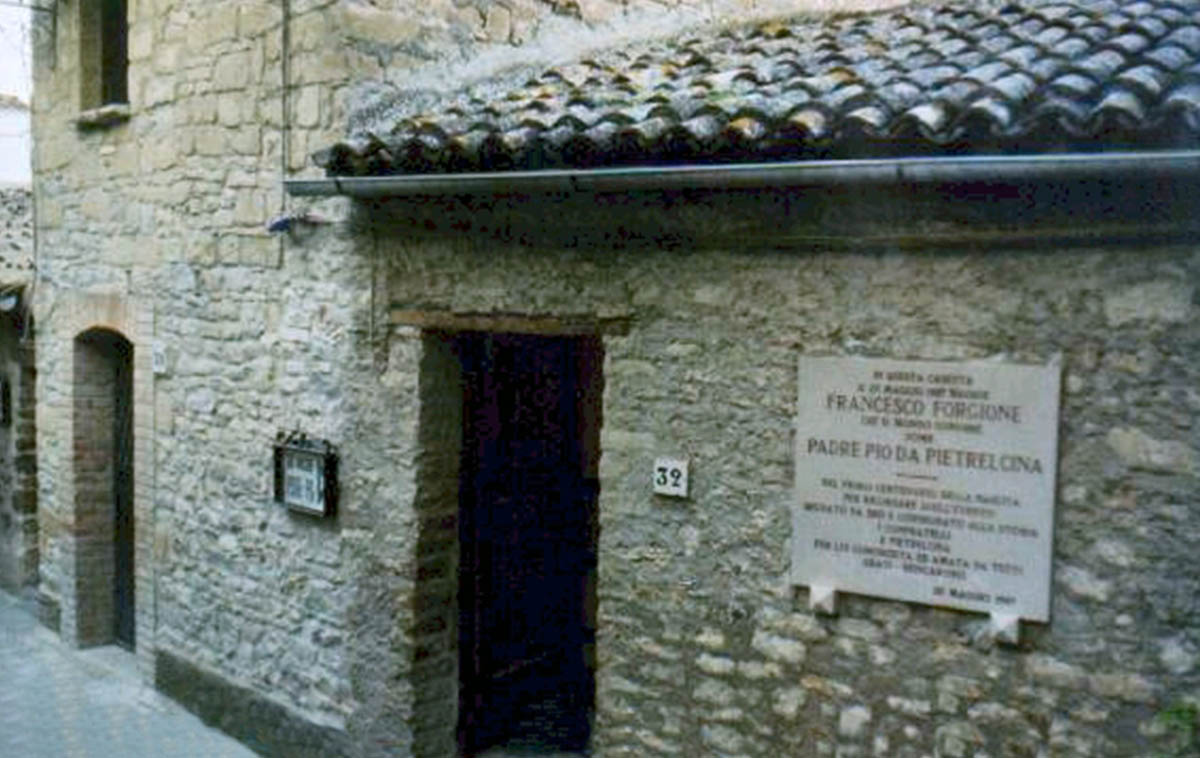
The Birth of Padre Pio
Baptized Francesco Forgione, Padre Pio was the fourth of eight children born to Maria Giuseppa DeNunzio and Grazio Maria Forgione in Pietrelcina (Benevento) Italy.
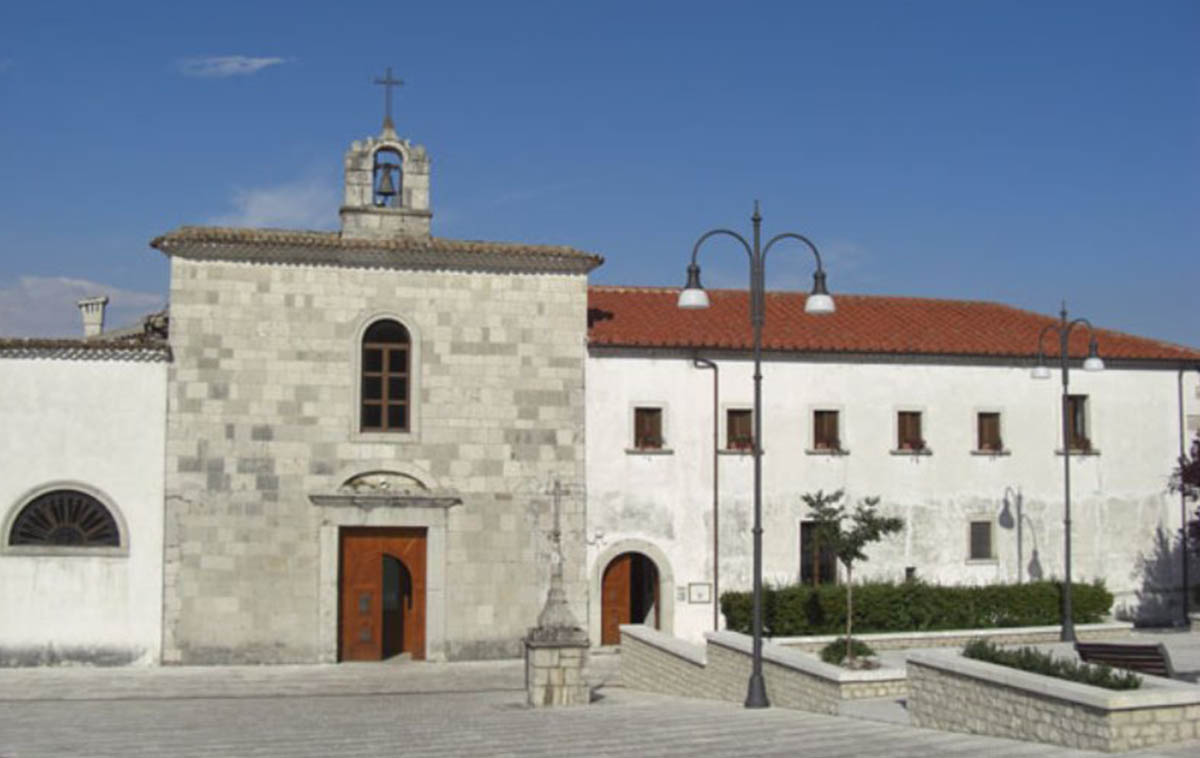
Francesco Begins his Novitiate
Francesco arrives in Morcone (Benevento) Italy to begin his novitiate in the Capuchin Franciscan Order. He is given the name Fra Pio.
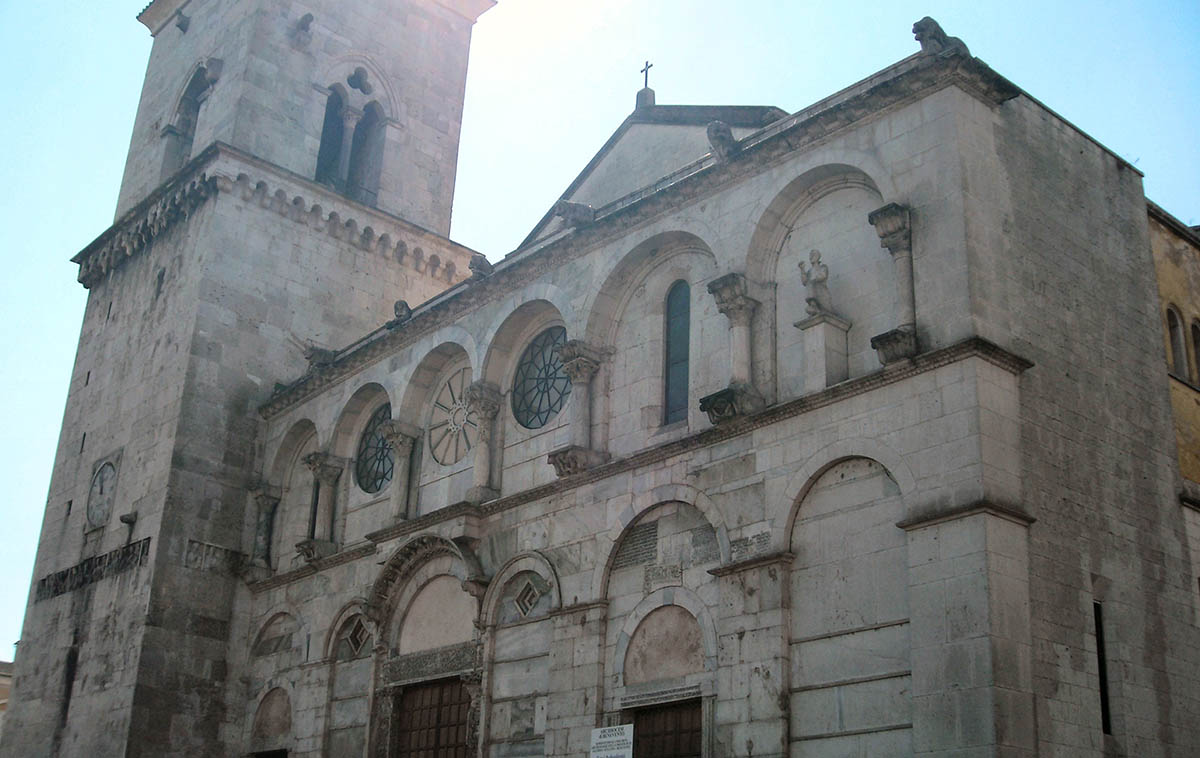
Fra Pio is Ordained
On August 10, Fra Pio is ordained a priest in the Cathedral of Benevento and offers his First Mass in Pietrelcina as Padre Pio. Less than a month later, on September 7, the first signs of the Stigmata appear after praying in the Piana Romana countryside.
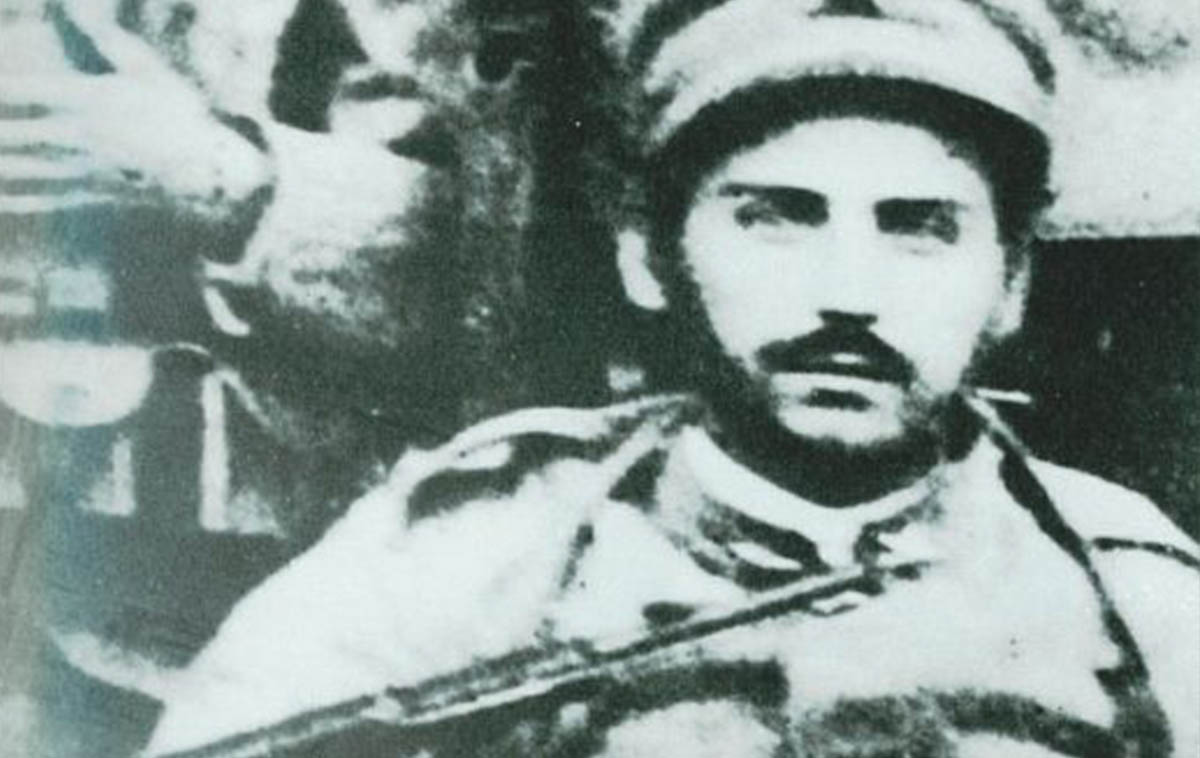
Padre Pio Serves His Country
Padre Pio is called to serve the Italian Army Medical Corps and is sent to Naples.
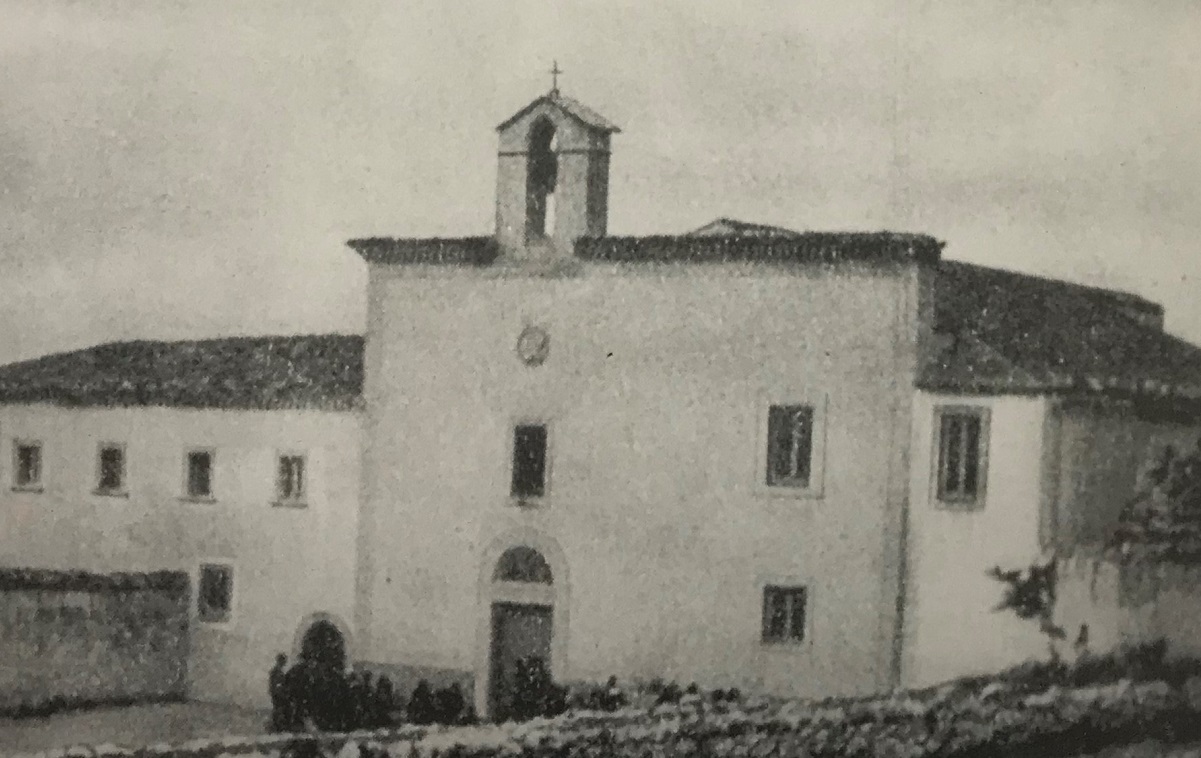
Arrival in San Giovanni Rotondo
For the first time, Padre Pio arrives at Our Lady of Grace Capuchin Friary in San Giovanni Rotondo for purposes of recovering from illness. For the next year, he will be recalled to Naples and the military service, each time being sent back to the Friary to continue his recuperation.
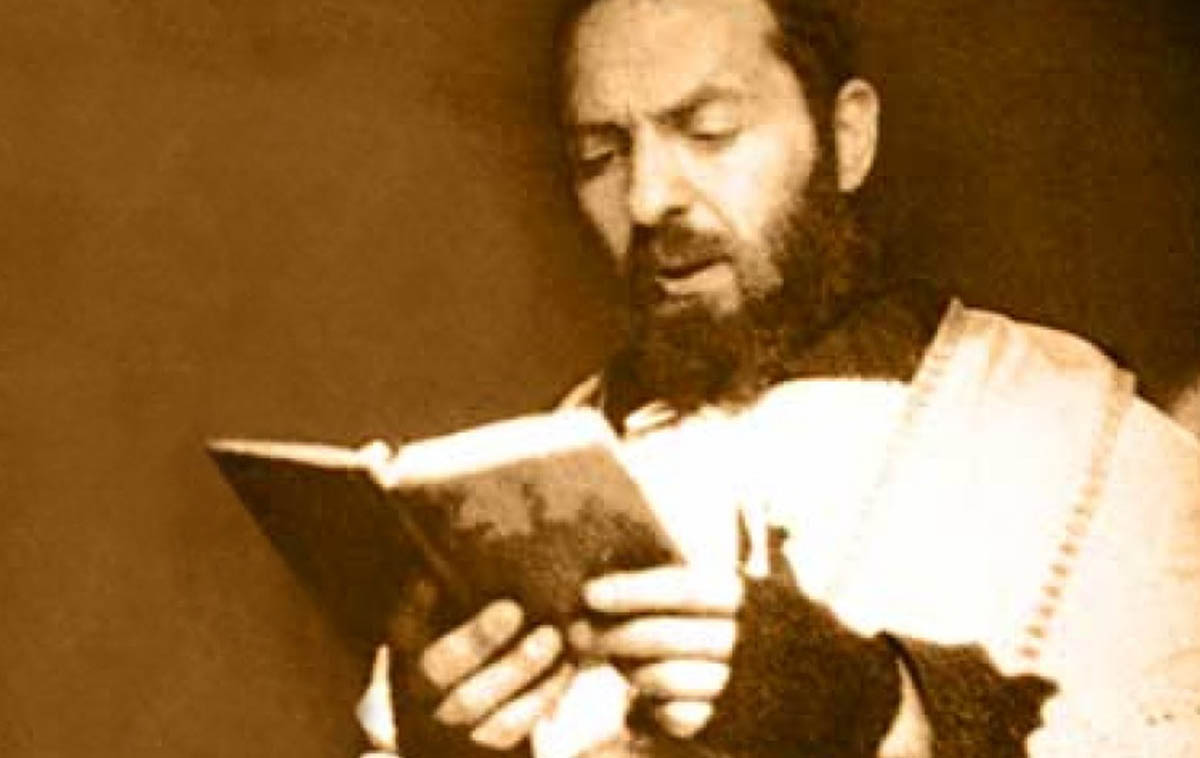
Permanency at Our Lady of Grace
On March 18, Padre Pio is permanently returned to San Giovanni Rotondo and awaits his official discharge from the military.
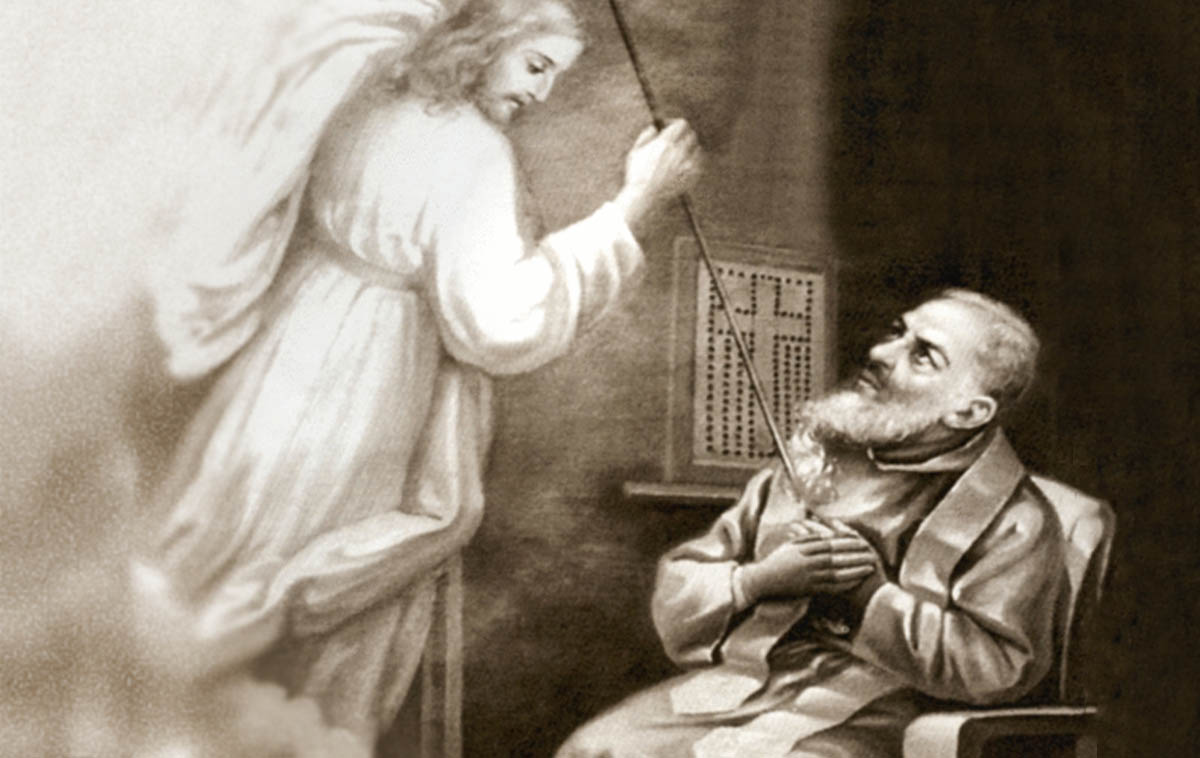
The Transverberation of His Heart
From the evening of August 5th to the morning of August 7th, without interruption, the supernatural manifestation of the Transverberation takes place upon and within Padre Pio, leaving a visible and bleeding wound on his chest, over his heart.
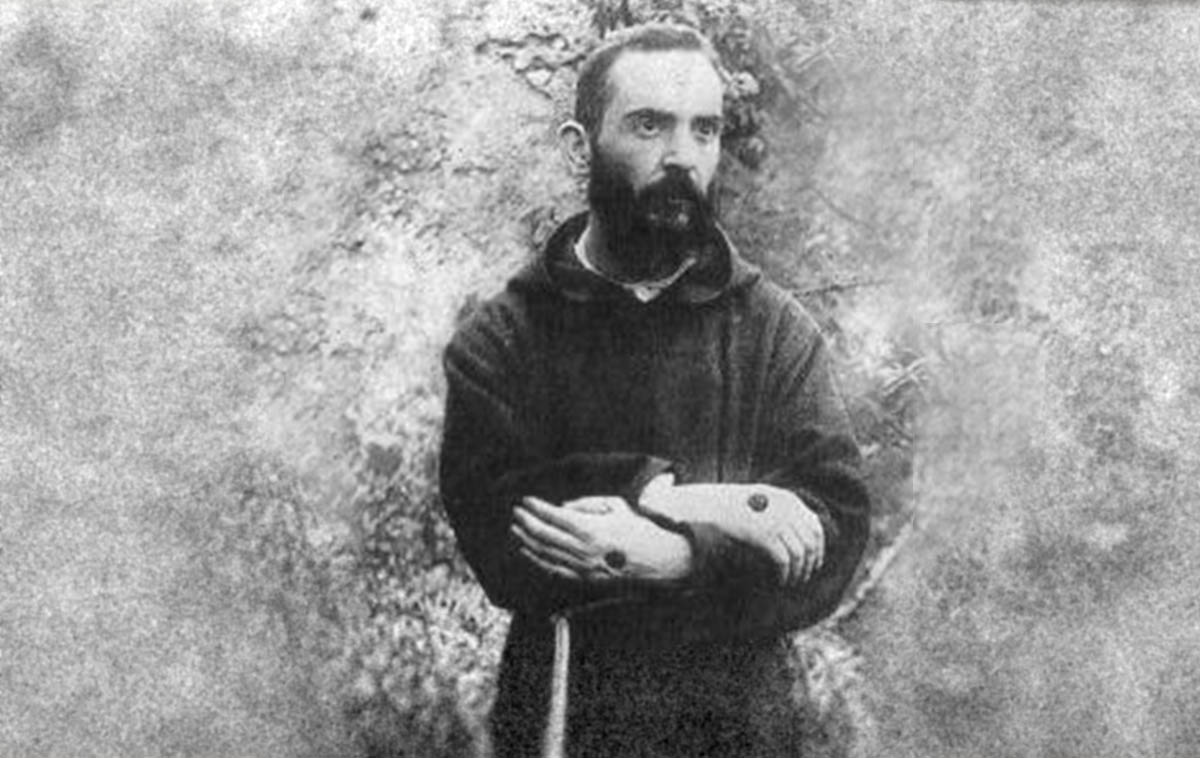
The Appearance of the Visible Stigmata
On September 20th, the wounds of Christ Crucified appear on the body of Padre Pio, piercing both hands, both feet, and along with his side wound, bleed for the next 50 years.
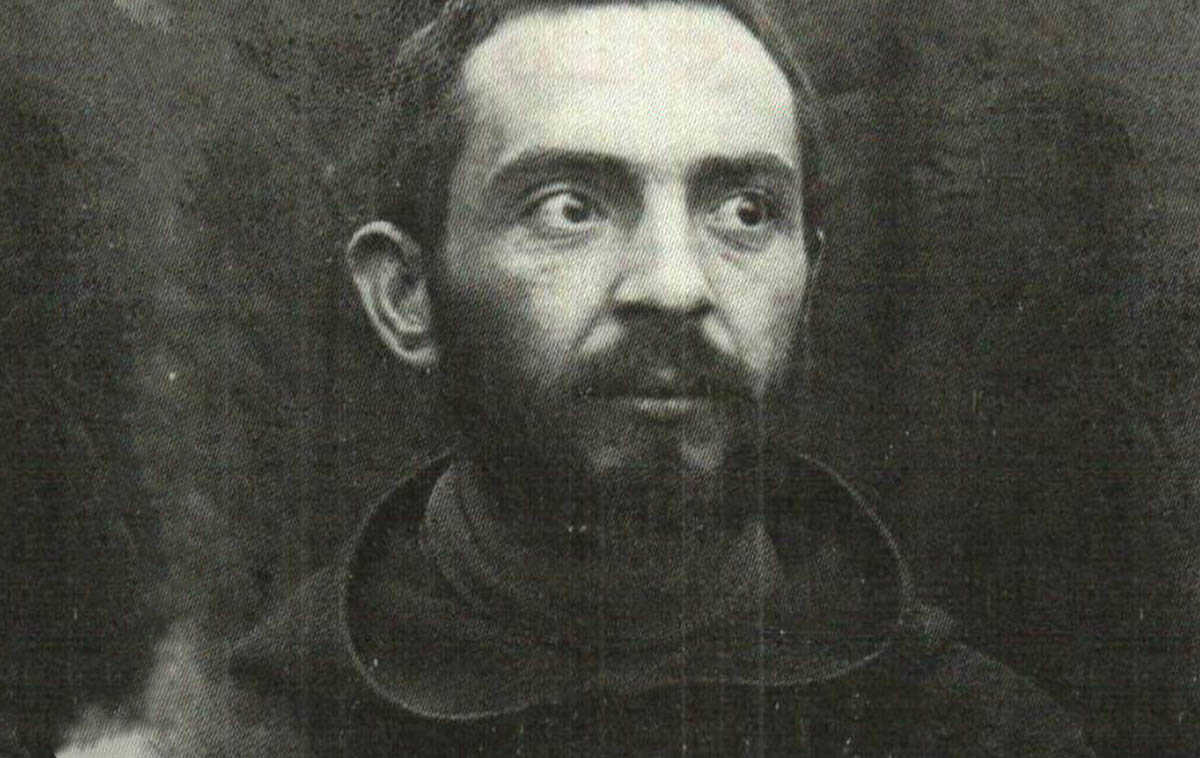
The Wounds are Examined
For a period of five months, Padre Pio is regularly examined by Drs. Romanelli, Bignami, and Festa, who ultimately determine the wounds as true stigmata of supernatural origin.
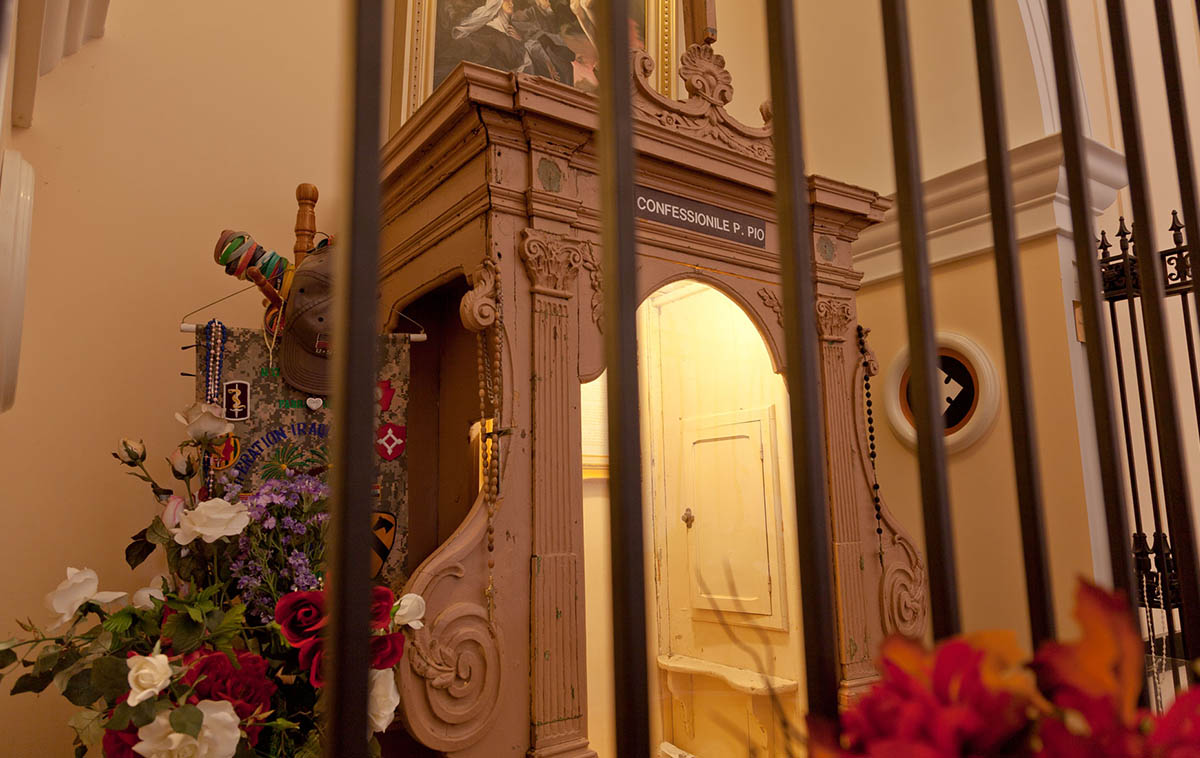
Confessions Resume
After being banned from offering public masses or confessions in 1931, Padre Pio is permitted to resume holding public Masses and hearing the confessions of the faithful.
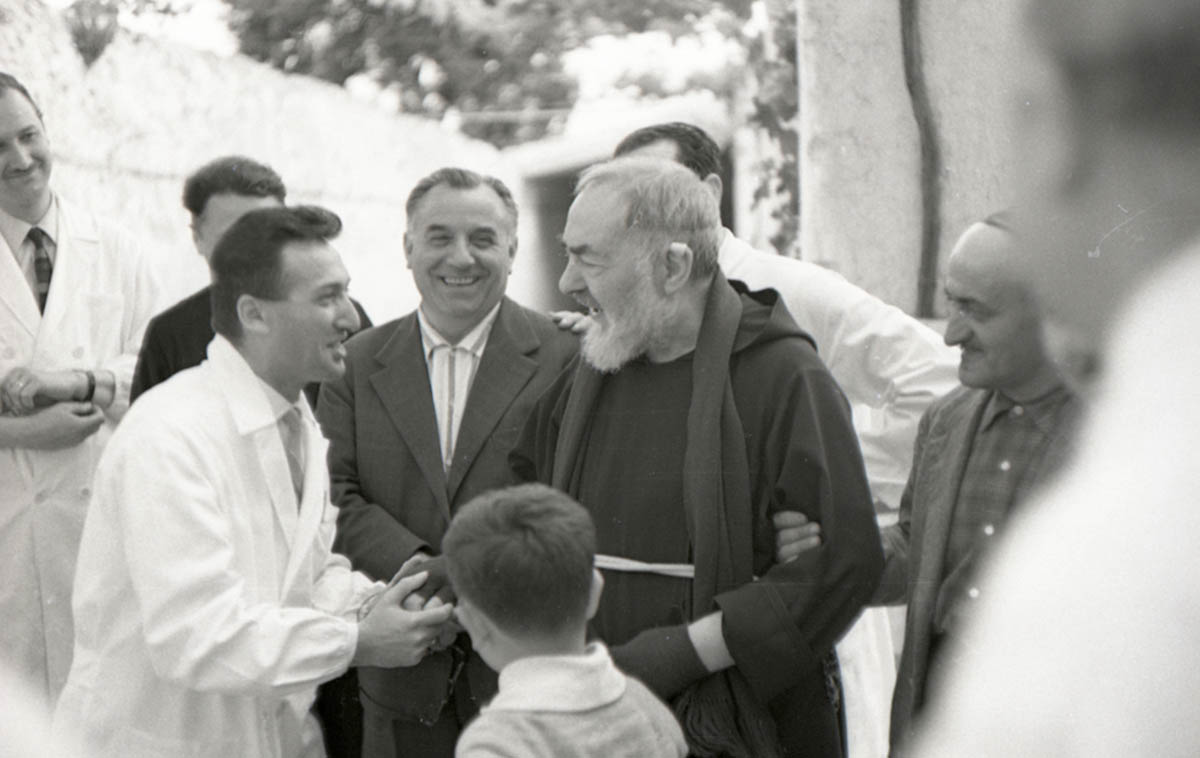
Groundbreaking of La Casa
Before beginning the work of clearing the site for the construction of the hospital “Casa Sollievo della Sofferenza” (Home for the Relief of Suffering), Padre Pio blesses the workers, the ground, and the equipment.
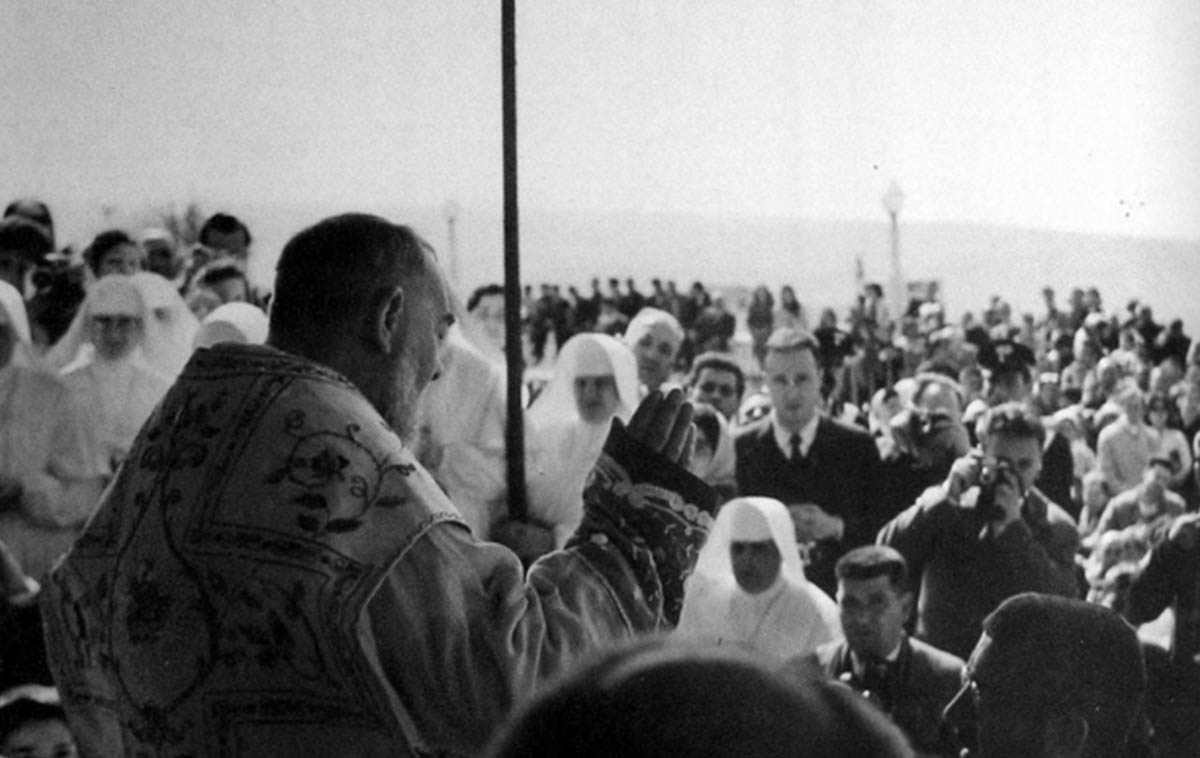
Opening of La Casa
Padre Pio offers Mass on the front portico of the hospital, Casa Sollievo della Sofferenza, thus inaugurating this best known of his social and charitable works.
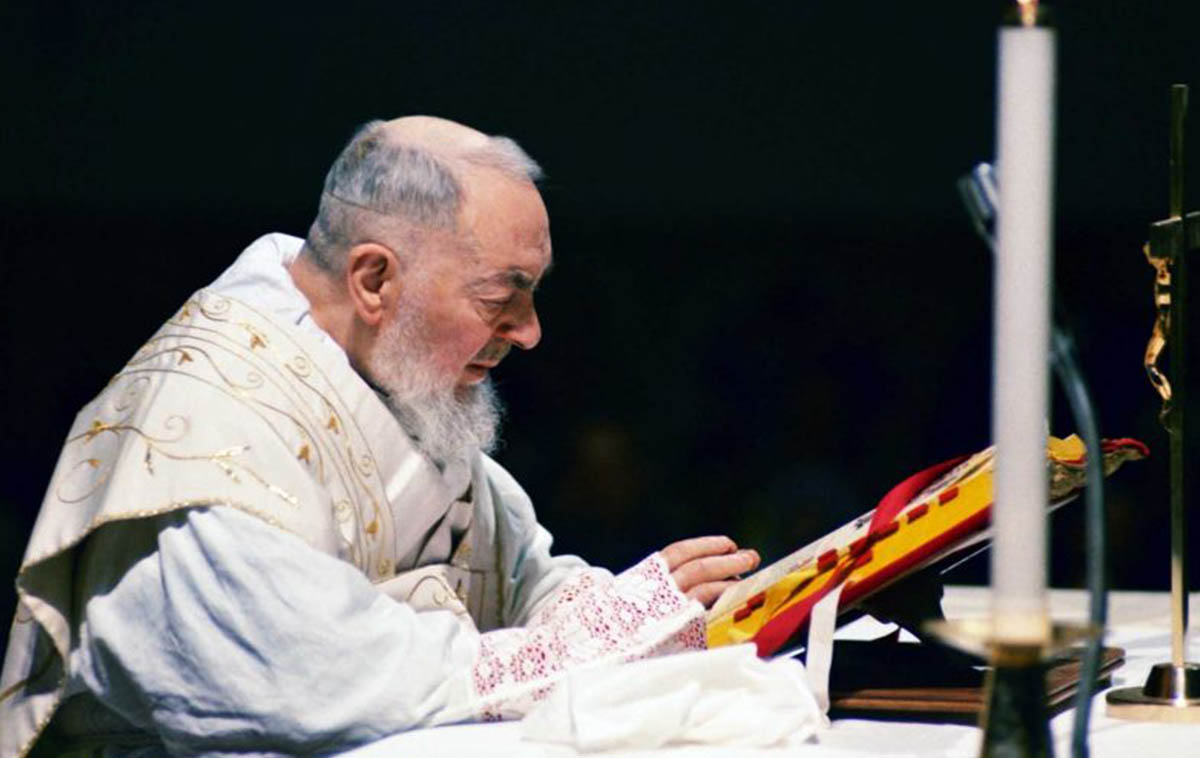
Special Dispensations From the Holy See
Due to his aging and poor eyesight, Padre Pio is granted special dispensations by the Holy See, granting him permission to continue using Latin, as well as be seated when offering the Holy Mass.
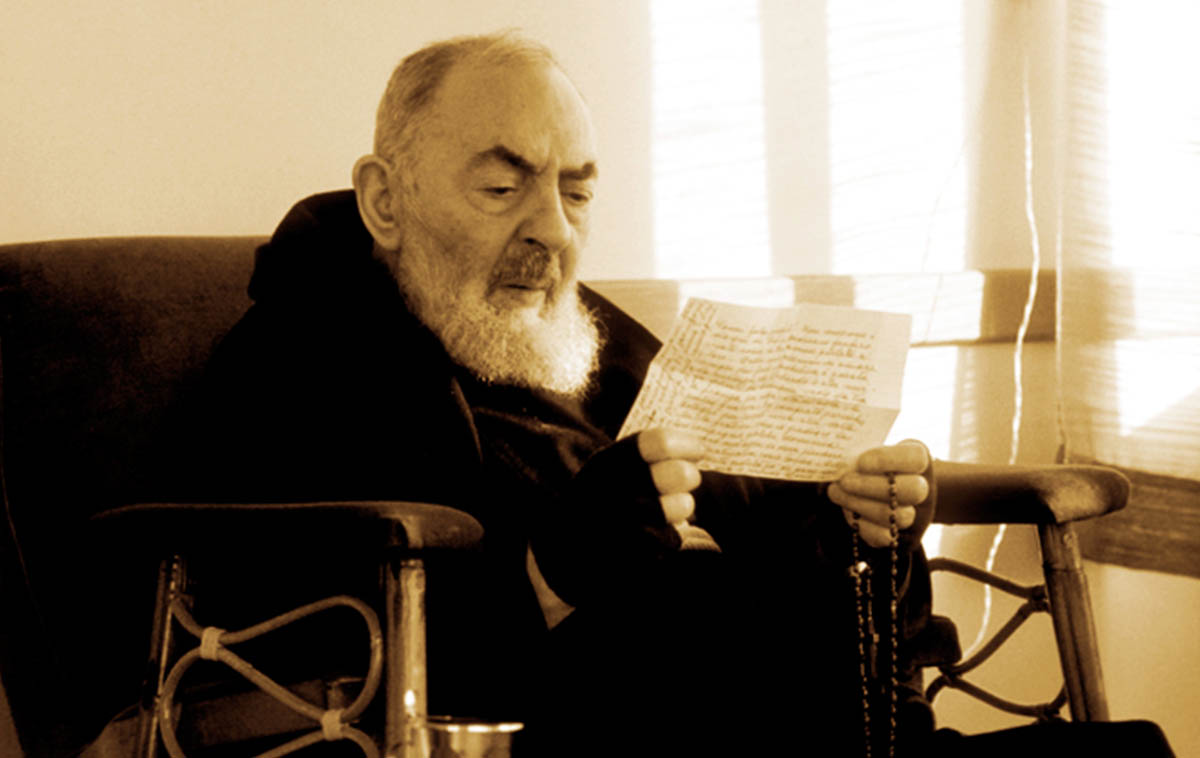
Padre Pio’s Health Begins to Fail
Weak and no longer able to use his legs, Padre Pio begins using a wheelchair to move about the Friary and Church.
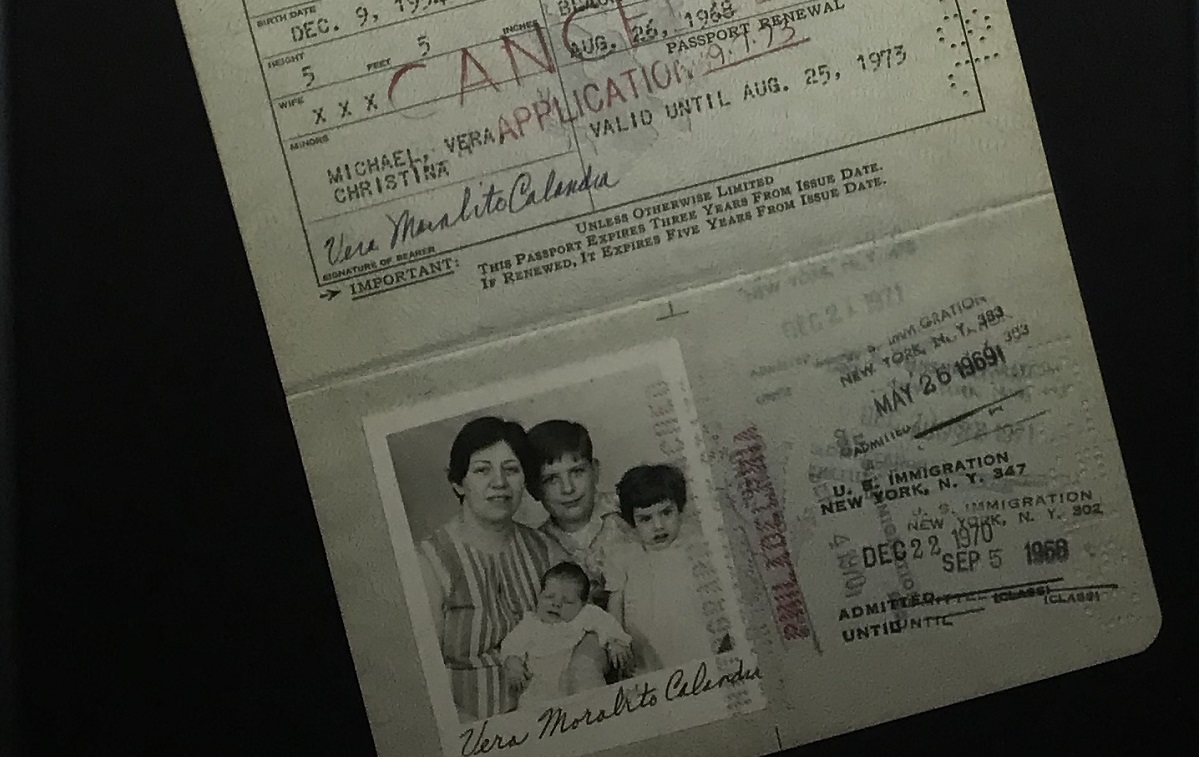
Visit from Vera Calandra and her Children
Vera Calandra, eventual Foundress of the National Centre for Padre Pio, travels to San Giovanni Rotondo, Italy, with ill daughter Vera Marie and two of her other children. Padre Pio prays over the children, laying his wounded hands on their heads, and Vera makes a private promise to God: If her baby girl lives, the whole world will know the greatness of Padre Pio. “Please God, make a miracle so that all the people will believe.”
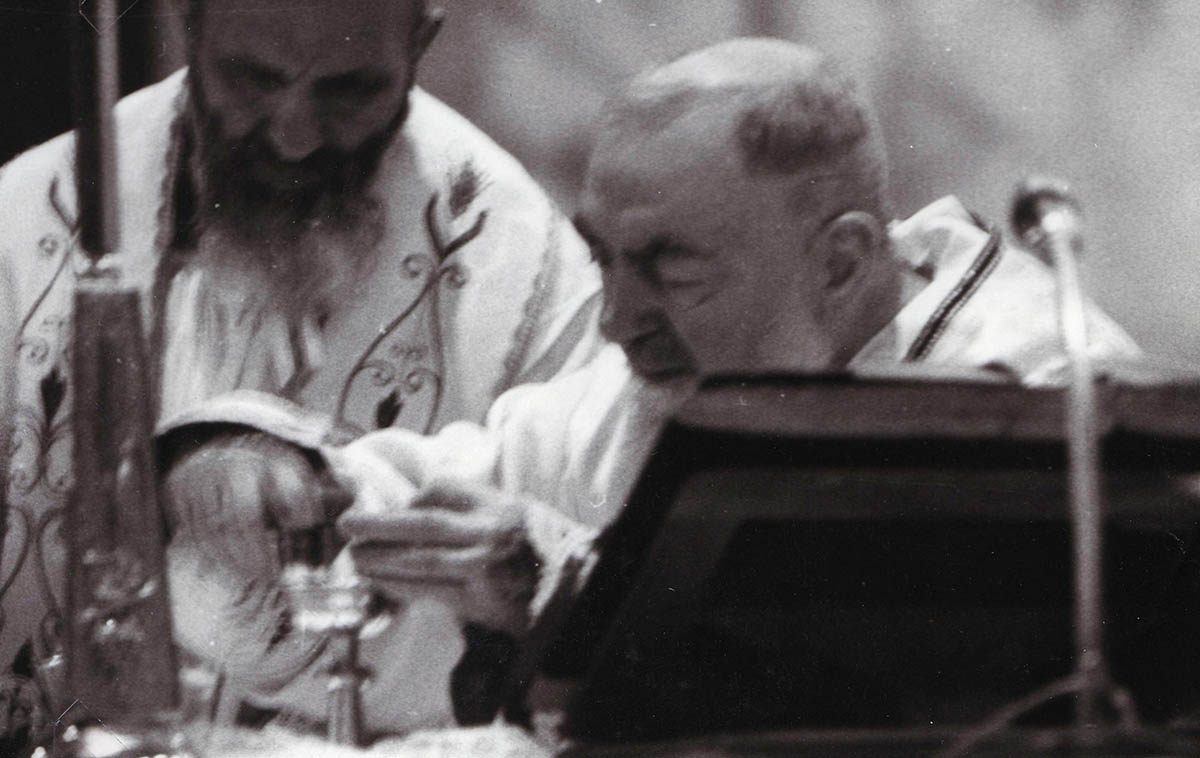
Padre Pio’s Final Mass
At 5:00 A.M. on September 22, Padre Pio sings Holy Mass before the large crowd of members of his Prayer Groups gathering in San Giovanni Rotondo to celebrate the 50th anniversary of his stigmatization. He collapses at the altar at the end of Mass and is supported by the American Friar, Br. Bill Martin. At 6:00 P.M., Padre Pio gives his final blessing to the crowd in the church and retires to his cell. This would be the end of his public ministry on Earth.
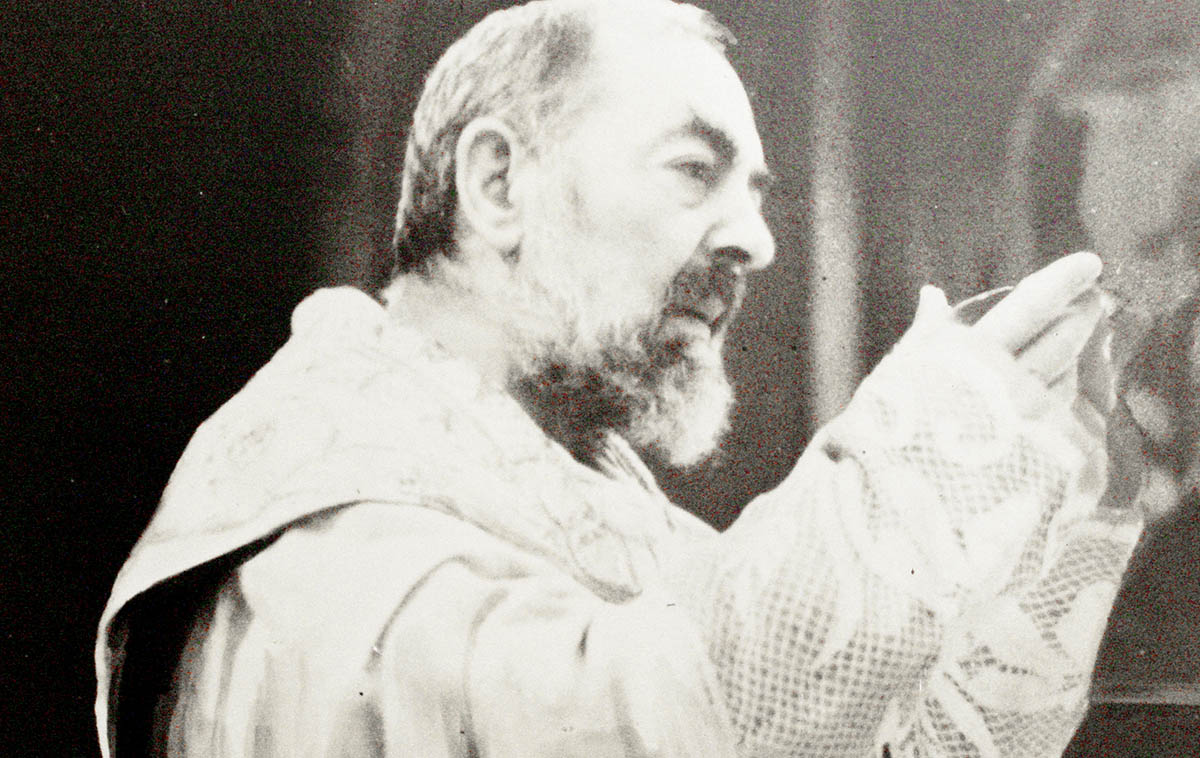
Padre Pio’s Death
At 2:30 A.M. on September 23, having received the Last Sacraments and renewing his religious vows, Padre Pio dies in the Odor of Sanctity, with his Holy Rosary in his hands and the words “Gesu… Maria” (Jesus… Mary) on his lips. In the days leading up to his death, the stigmata had slowly started to vanish, and on the morning of the 23rd, there are no traces of the wounds on Padre Pio’s body.
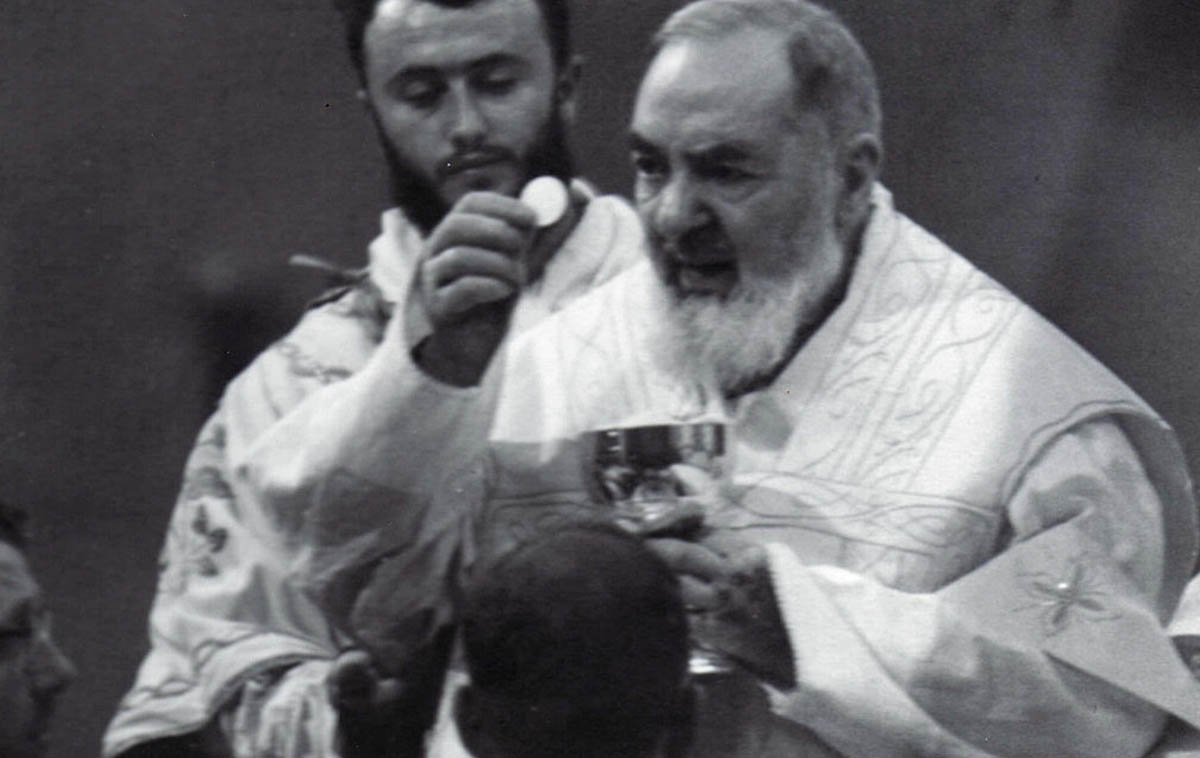
Cause for Sainthood
The official procedure is initiated for the Cause for Padre Pio’s Beatification and Canonization.
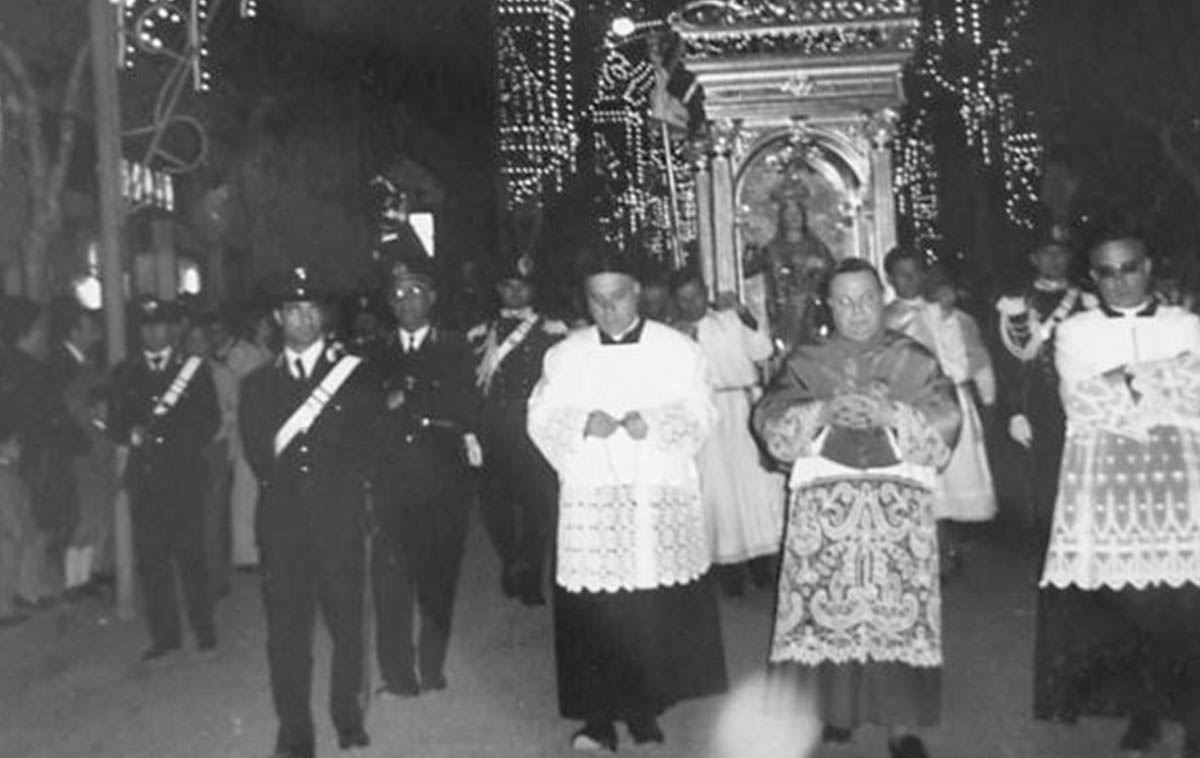
Presentation to Sacred Congregation for the Causes of Saints
The Most Reverend Valentino Vailati, Archbishop of Manfredonia, presents to the Sacred Congregation for the Causes of Saints the required documentation to obtain the “nulla osta” to officially introduce Padre Pio’s Cause for Beatification.
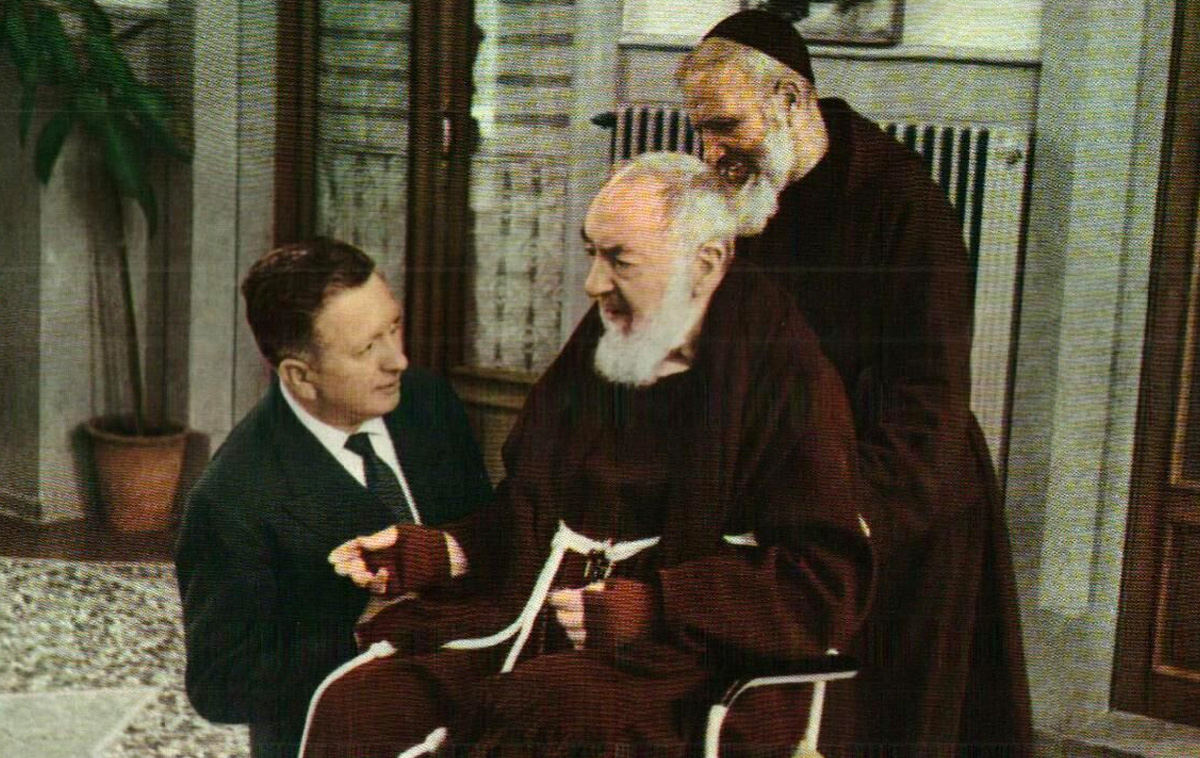
Opening of the Cognitive Process
The cognitive process on the life and virtues of Padre Pio is officially opened.
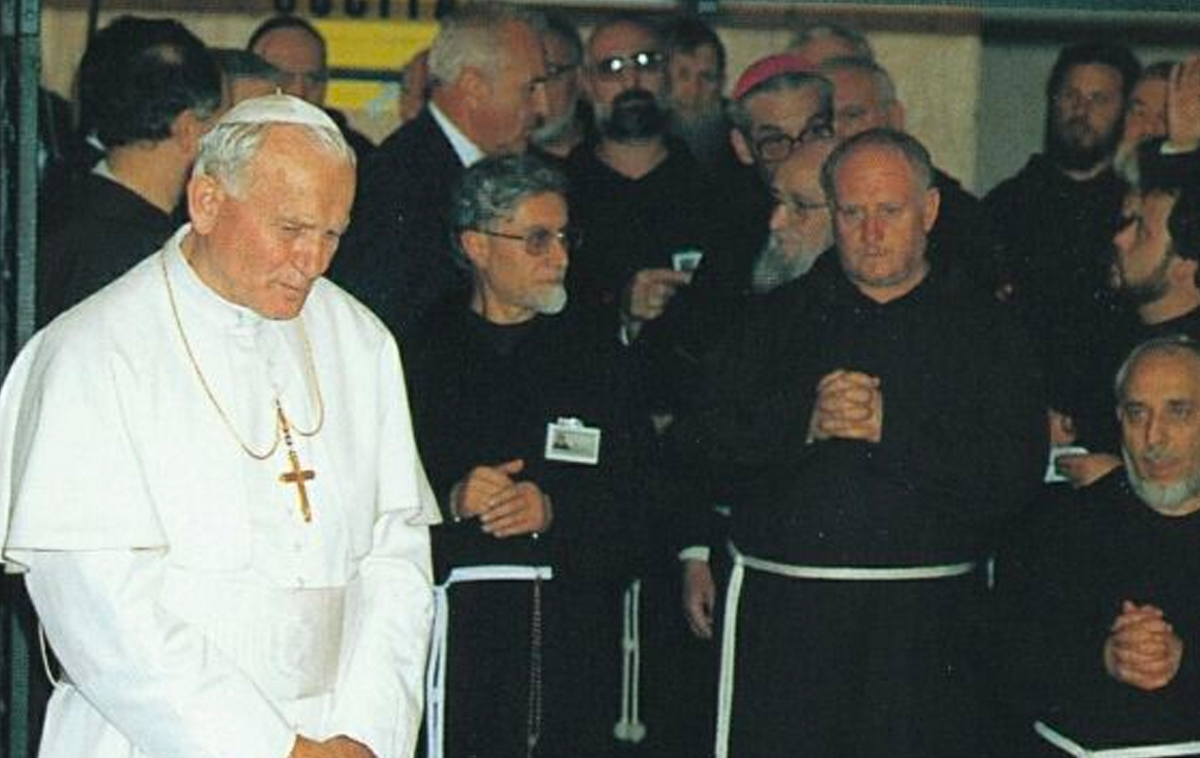
Visited by the Pope
His Holiness, Pope John Paul II, travels as a pilgrim to San Giovanni Rotondo to pray at the tomb of Padre Pio.
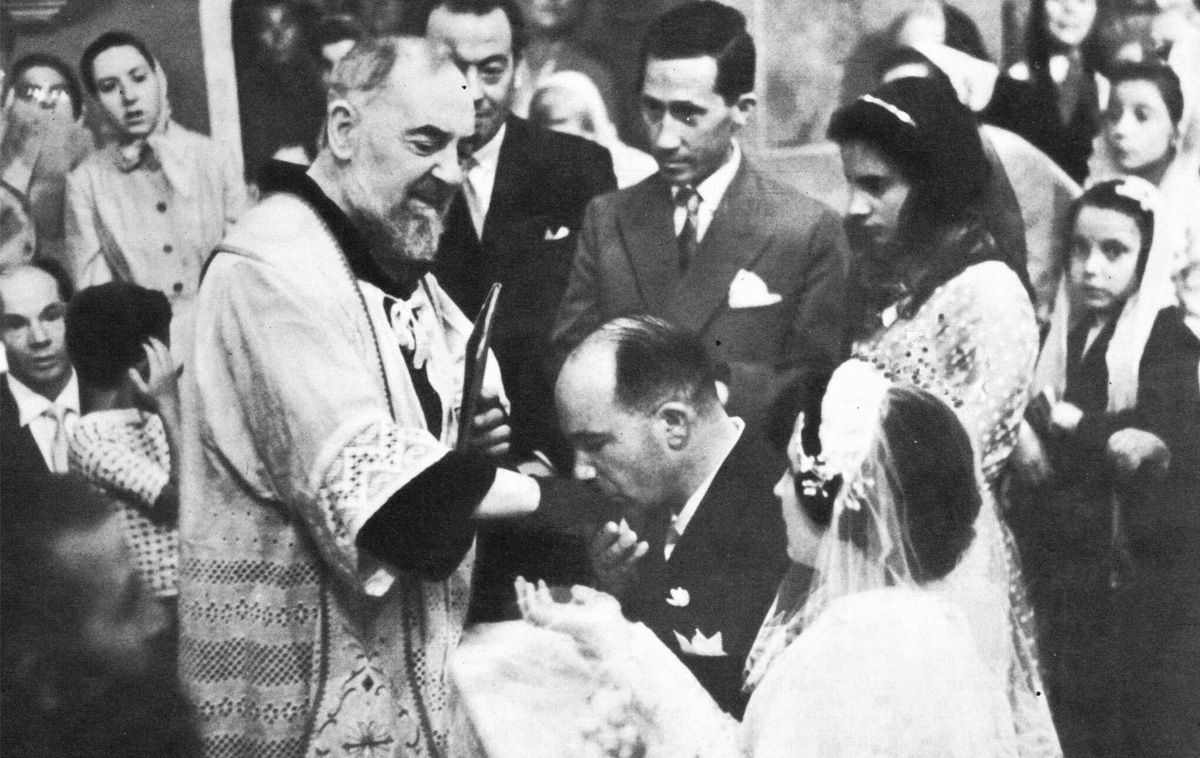
Cognitive Process Concludes
104 volumes on the life and virtues of Padre Pio are delivered to the Congregation for the Causes of Saints, thus concluding the cognitive process.
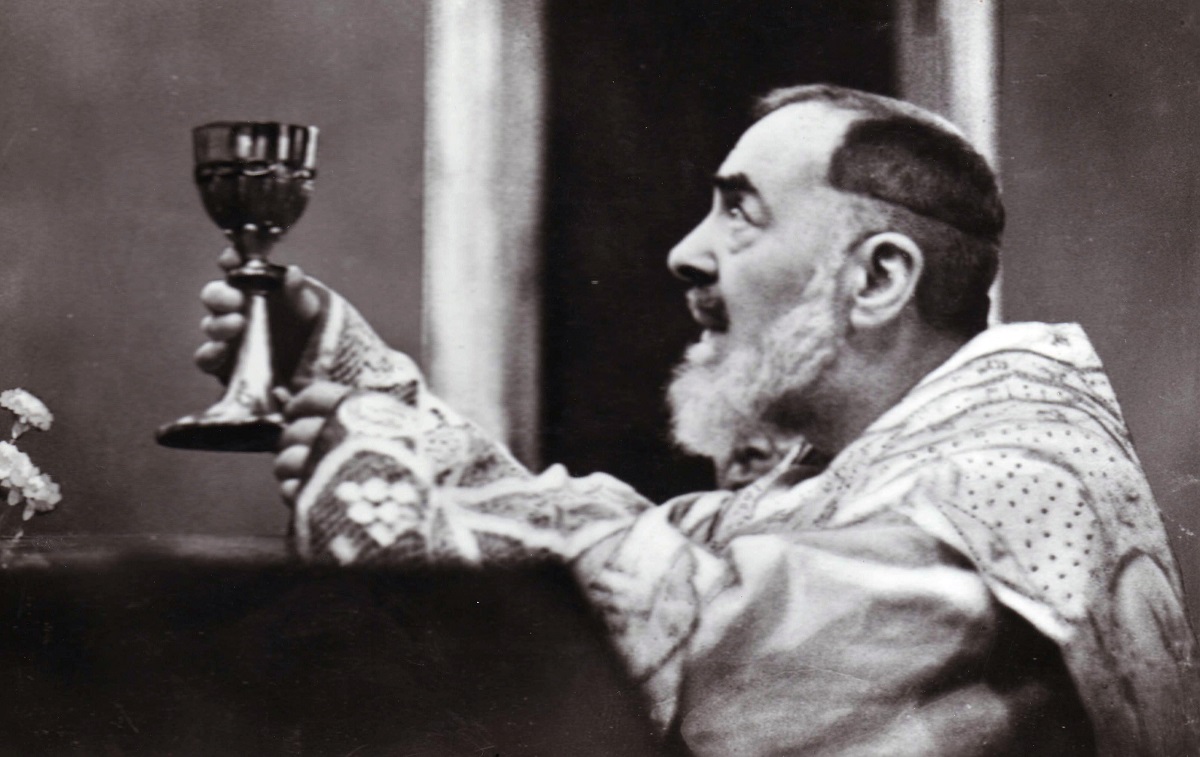
Padre Pio Declared Venerable
Unanimous pronouncement that Padre Pio lived the Theological, Cardinal, and Associated Virtues to a heroic degree. The Vatican Concistorum declares Padre Pio “venerable.”
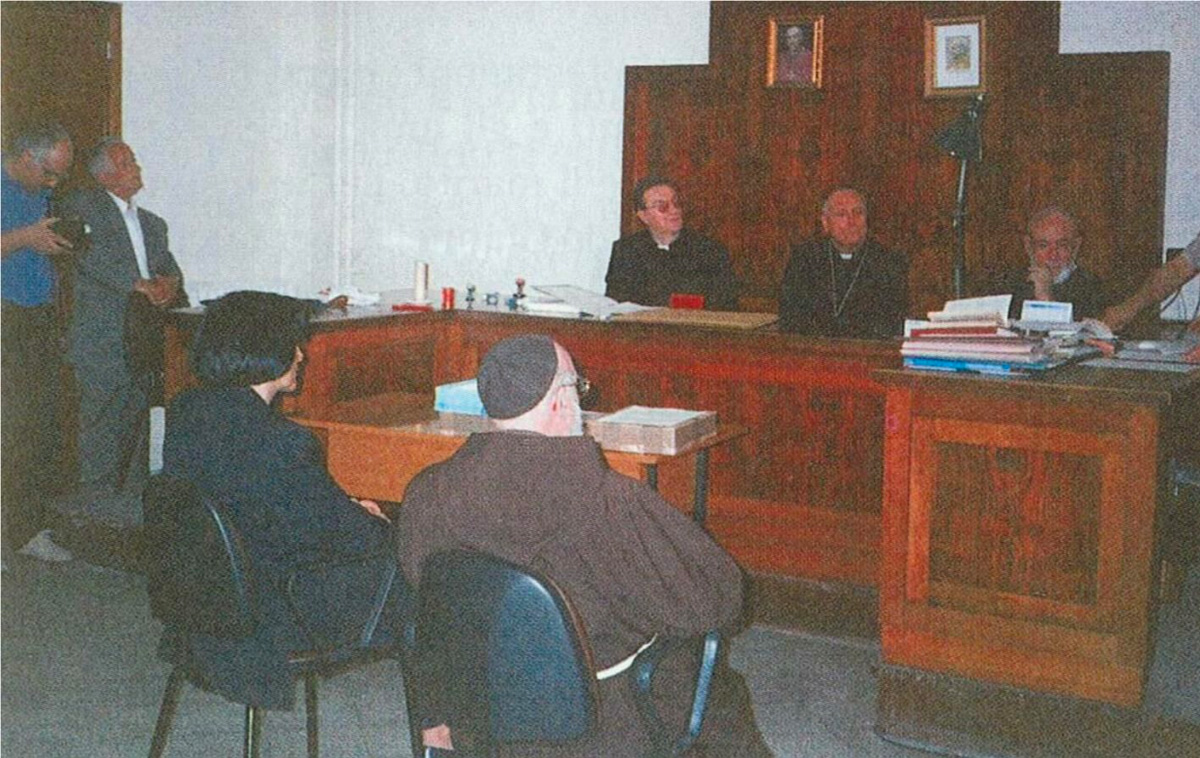
Padre Pio to be Beatified
Medical Board appointed by the Congregation for the Causes of Saints examines the miracle of Mrs. Consiglia DeMartino, attributed to Padre Pio. The miracle is authenticated, and the date for the Beatification of Padre Pio is set.
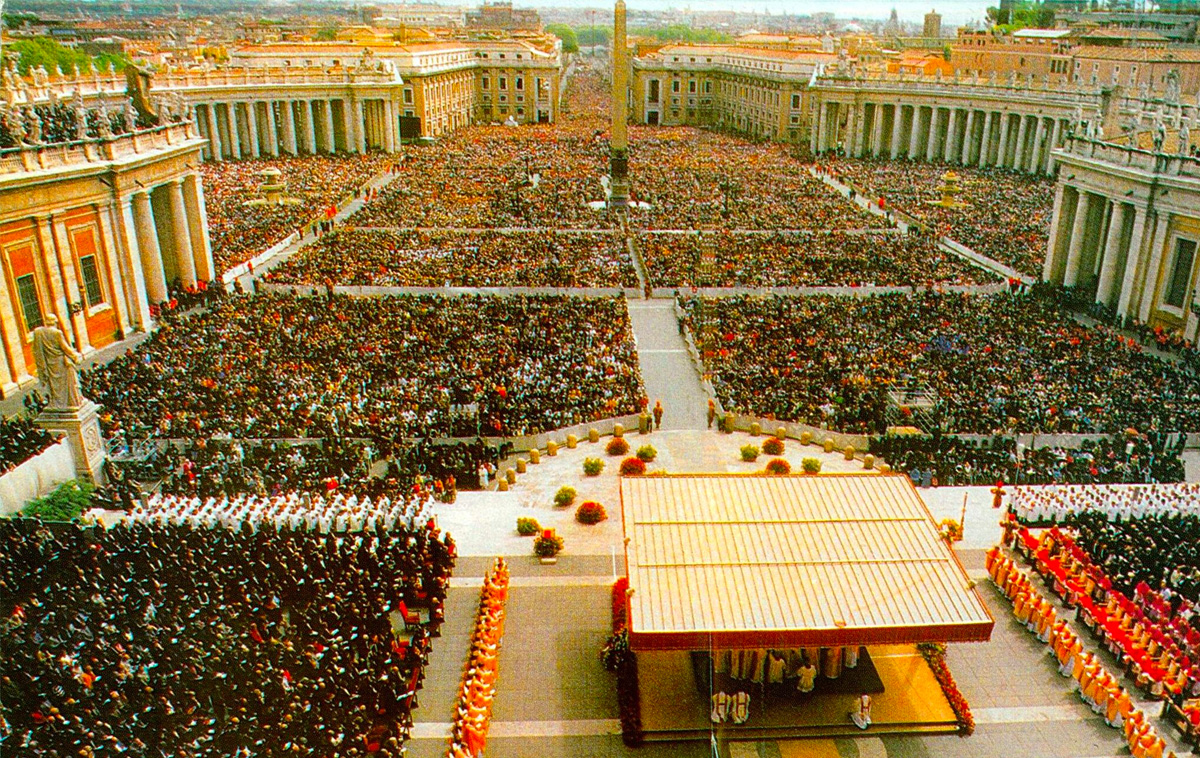
Beatification of Padre Pio
On May 2nd, 1999, in St. Peter’s Square, Rome, Pope John Paul II proclaims Venerable Pio “Blessed” during a Mass and Ceremony attended by over a half-million people and simultaneously broadcast around the world.
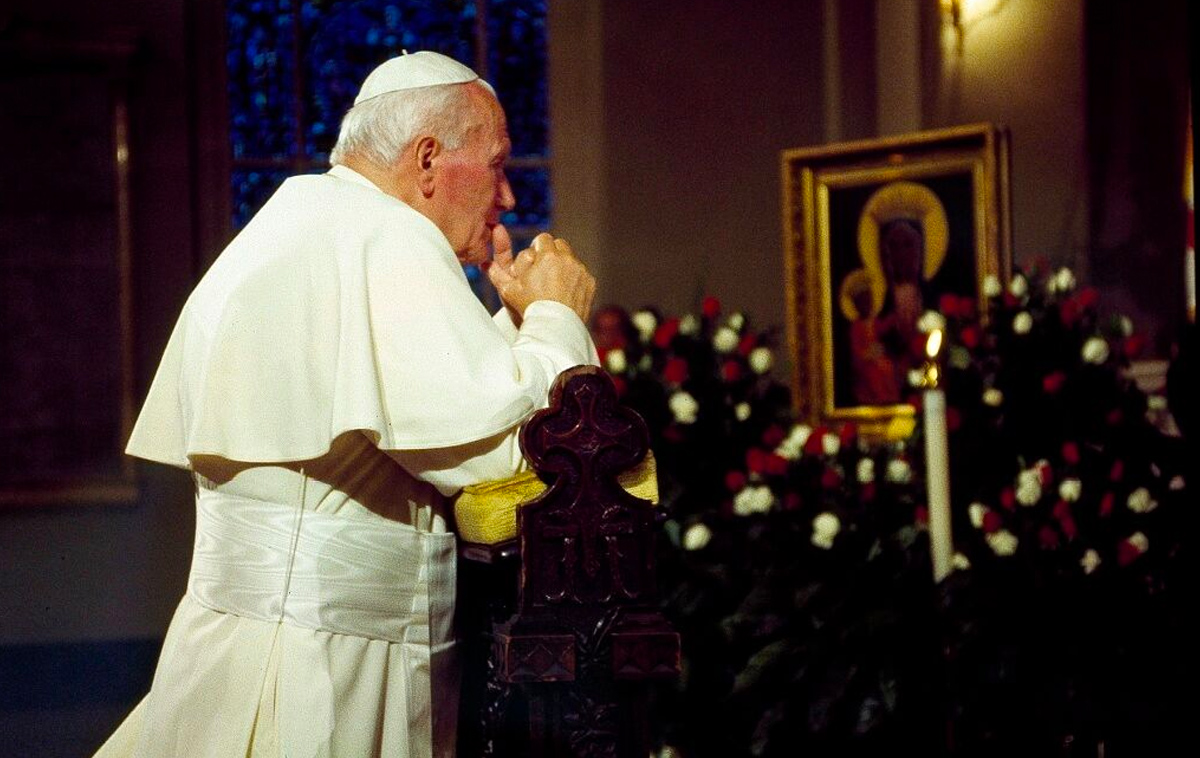
Padre Pio to be Canonized
Pope John Paul II personally grants approval for the acceptance of the miracle of Matteo Pio Colella, needed for the Canonization of Blessed Pio of Pietrelcina.
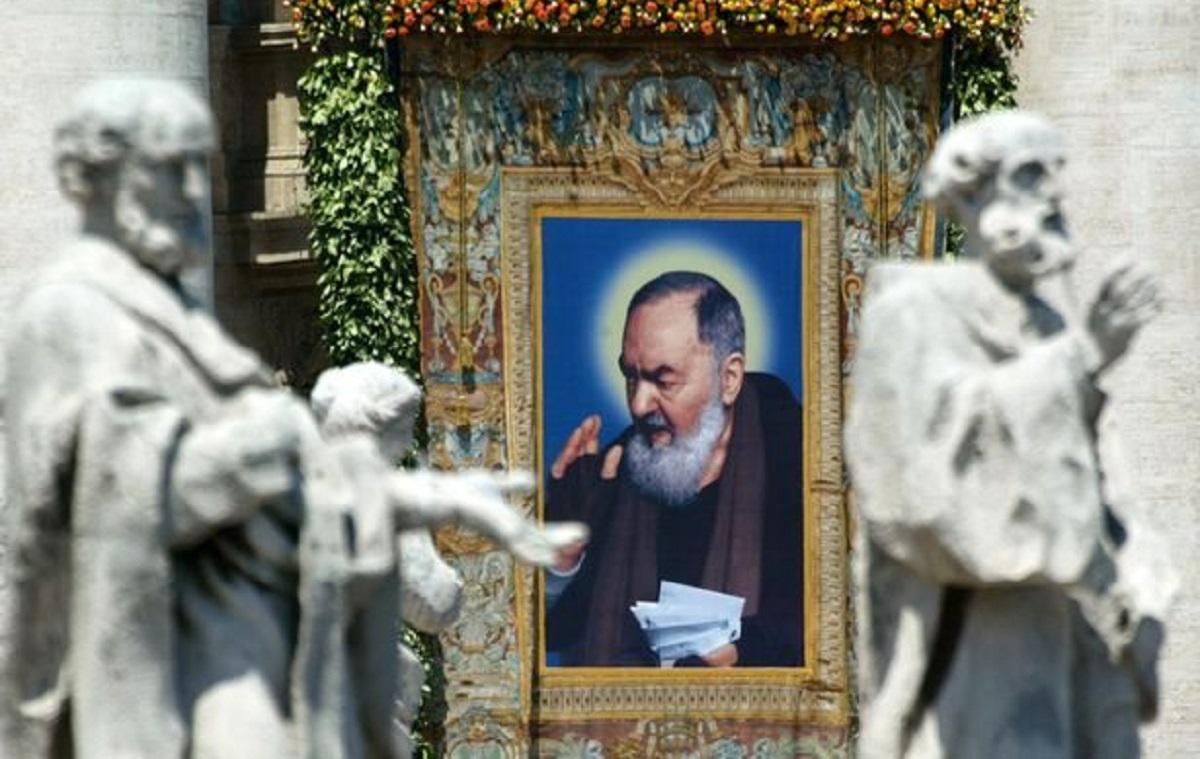
Canonization of Padre Pio
During a solemn Canonization Ceremony in St. Peter’s Square, Rome, Pope John Paul II proclaims Blessed Pio “St. Pio of Pietrelcina.”
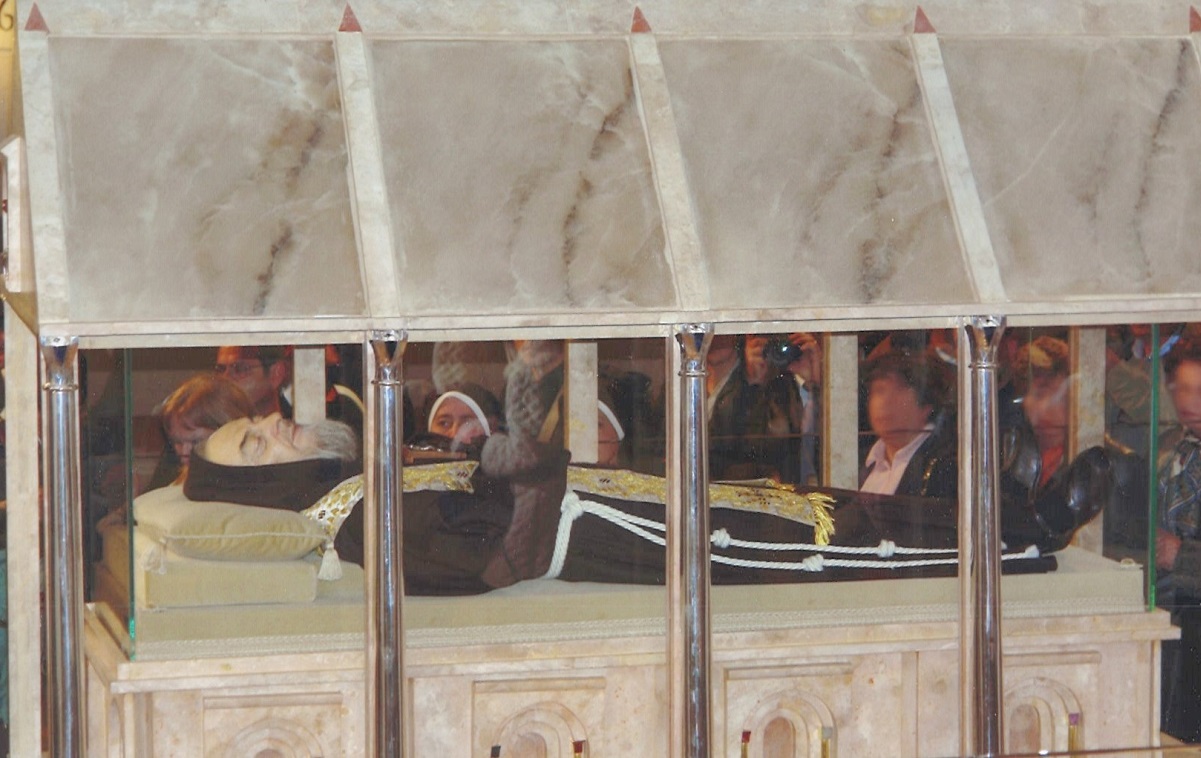
Exhumation of Padre Pio
In the most discreet manner possible, St. Pio was exhumed by medical experts on March 3, 2008 while government and Church representatives observed. Archbishop of Manfredonia, Domenico D’Ambrosio, declared St. Pio’s body to be “very well preserved,” thus the classification of “Incorrupt.”
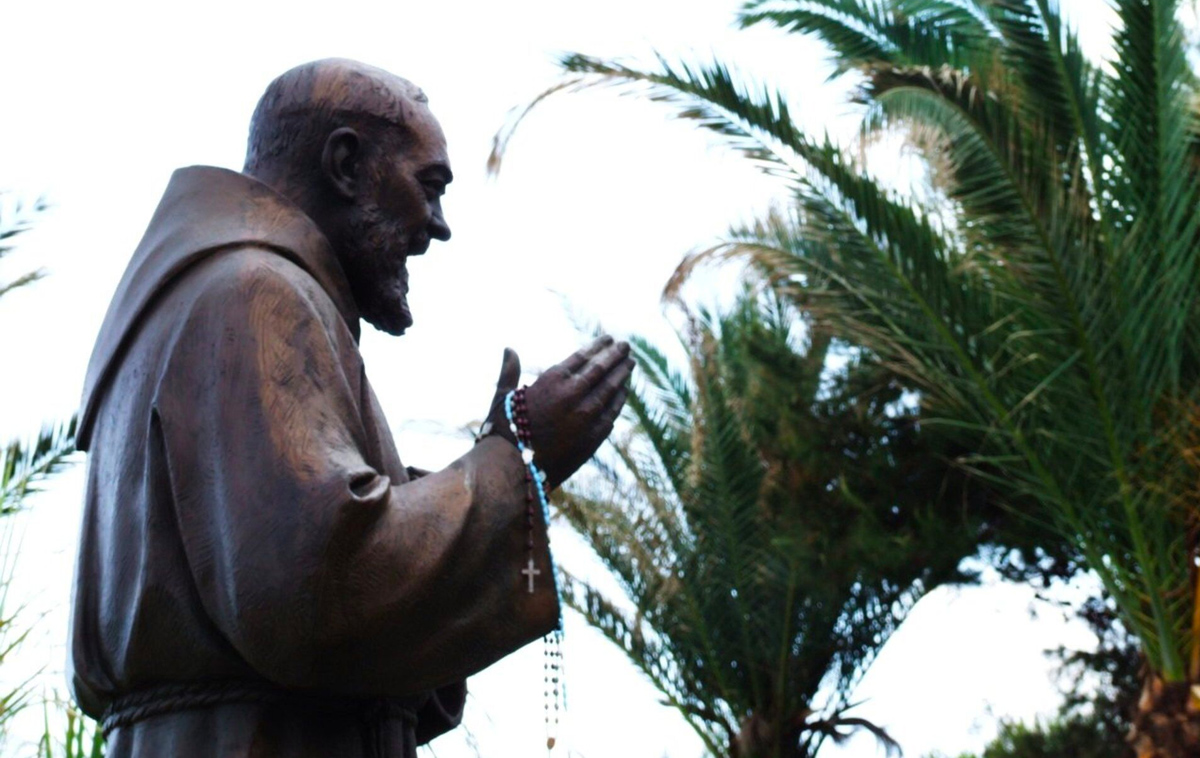
A Call to Rome
St. Pio’s Incorrupt body, along with that of St. Leopold Mandic (Capuchins known as Champions of the Confessional) is summoned to Rome by the Holy Father as a special initiative for the Jubilee Year of Mercy. Before returning home to his current resting place of San Giovanni Rotondo, St. Pio is granted the privilege of spending a night in his hometown of Pietrelcina, where he had not been since 1903.
Light A Candle
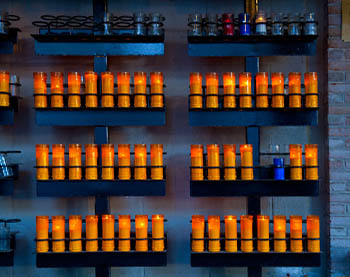
Brighten the Centre’s votive candle garden with your prayers and intentions.
Visit the Gift Shop
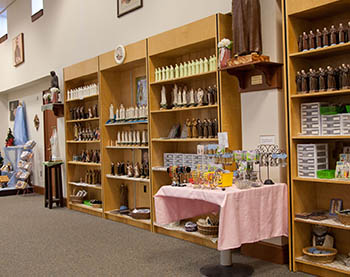
Shop our wide selection of Catholic gifts and meaningful mementos related to Padre Pio.
Visit the Centre
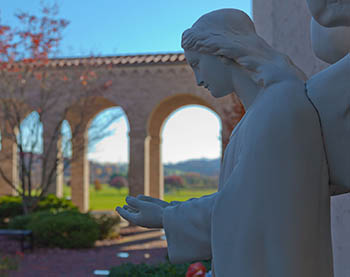
Plan your group pilgrimage or individual visit to the National Centre for Padre Pio.